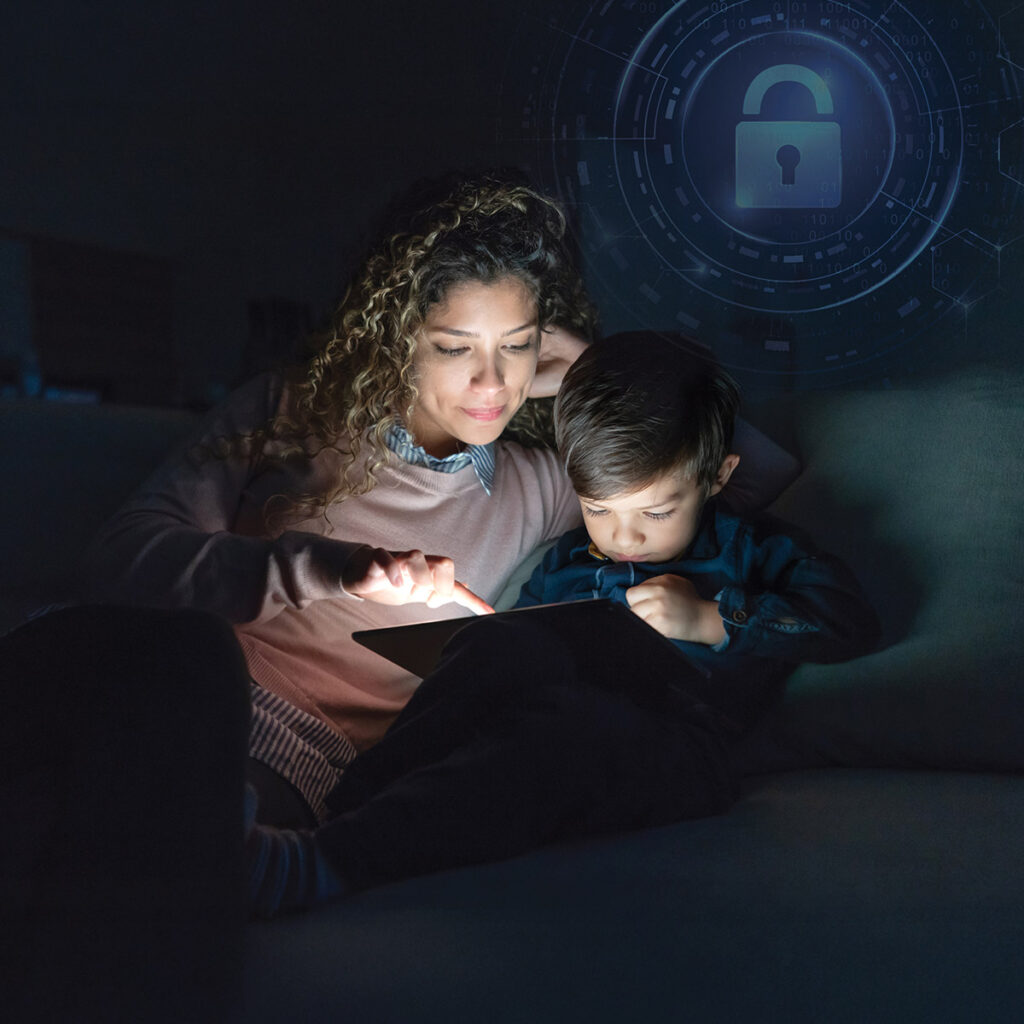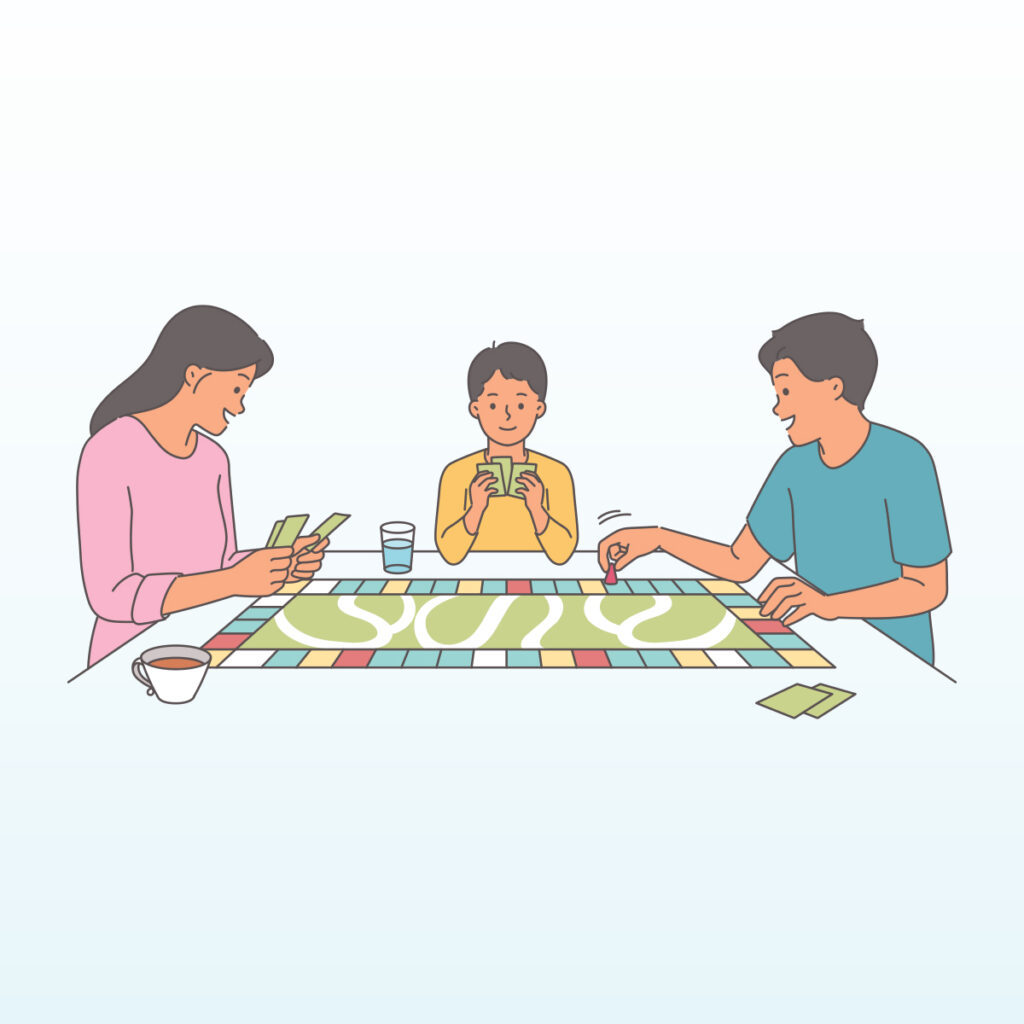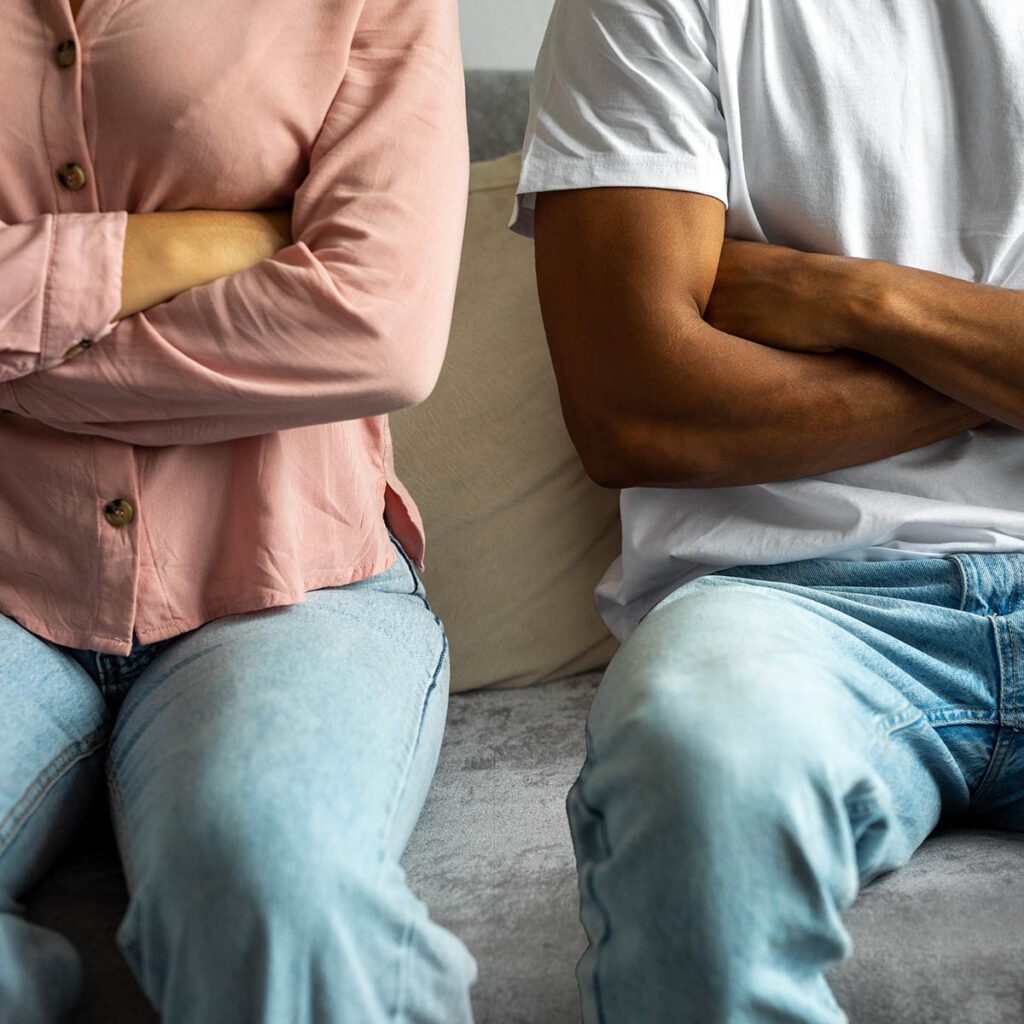How to Handle Conflict More Constructively
Conflict is a normal part of any relationship. Whenever two people are close to one another, there will eventually be some friction. This is an inescapable part of the human experience, but direct confrontation can be difficult, and some people prefer to avoid it. To learn more about the causes of passive-aggressive behavior and how to overcome it in relationships, we spoke with Chris Ownby, research strategist for First Things First.

What is passive-aggressive behavior?
Passive-aggression looks different from person to person, but it boils down to expressing negative feelings without saying what is wrong. According to Ownby, there are some telltale signs to look out for. “Giving someone the silent treatment or making pacifying comments like ‘I’m fine’ or ‘it’s okay’ – when it’s clearly not fine or okay – are common signs of passive-aggression,” he explains. “Backhanded comments or compliments and sarcasm can also be a sign. For example, saying something like ‘I guess I’ll do the dishes tonight’ can sometimes be a subconscious way to avoid a real conversation while consciously still giving a little jab.”
Passive-aggressive behaviors can also show up in nonverbal communication. For example, a person might say everything is okay, but let out a dejected sigh, slump forward, or make a negative facial expression. According to Ownby, another nonverbal show of passive-aggression involves under-functioning, or leaving tasks unfinished. “Intentionally doing something poorly or leaving a task incomplete can be a subtle sign that the individual didn’t want to do it in the first place – even though they smiled and said, ‘Sure!’ when asked,” he says.
How does passive-aggression impact a relationship?
Passive-aggression is essentially a breakdown in healthy communication. Instead of bringing up a problem, the passive-aggressive party will secretly stew in feelings of resentment or anger. Those negative feelings often come out only after the person reaches a breaking point. “Poor communication both causes conflict and makes conflict more difficult to resolve,” Ownby shares. “Passive-aggression is about avoiding conflict, so any potential conflict resolution is also unintentionally avoided.”
Passive-aggression leaves negative or hurt feelings to fester, often creating more friction than the initial conflict. “Relationship conflicts that go unaddressed have a way of escalating, mutating, and infecting other parts of a relationship,” Ownby explains. “What began as a workable problem in an otherwise healthy relationship is now a potential relationship deal-breaker. Passive-aggression often creates a dangerous enabled-enabler dynamic. If unchecked, this dynamic will stunt any relationship growth.”
How can I address passive-aggressive behaviors?
We’ve all experienced passive-aggressive behavior, and it often stems from outside stressors that have nothing to do with the relationship. “I think it’s important to remember that passive-aggression happens in both small and big ways – sometimes it’s unintentional, and people just have the occasional passive-aggressive response,” Ownby says. “It’s still important to address the behavior when you observe it, because passive-aggression can snowball over time.”
Regardless of the nature of a relationship – friends, family, parent and child, or peer to peer – there are ways to help when you notice passive-aggressive behaviors. According to Ownby, the best thing you can do is kindly, but directly, acknowledge the passive-aggression. “Emphasize that you’d like to work together to find a solution if there is an issue. You can’t make someone open up to you, but you can communicate that you’re willing and available,” he advises. “Be aware of your body language and tone of voice – you aren’t making an accusation, you’re extending an invitation.”
How can I overcome passive-aggression in my relationship?
The goal is healthy communication, so patience with the other party is key, and an empathetic approach is often best. “These behaviors often stem from underlying anger, sadness, or insecurity, and the person may not be aware that this is at work. As frustrating as the behavior is, you want to create a place of trust for the other person to open up and talk directly about what’s bothering them,” Ownby explains.
While this empathy is important, it is also important to protect your own feelings if the other person does not want to open up about the problem despite your efforts. “In that case, it might be best to let them know that when you observe their passive-aggression, you will acknowledge it and offer an opportunity for dialogue. Otherwise, you will exercise boundaries to protect yourself emotionally,” Ownby shares. Over time, if passive-aggression develops into an ingrained personality trait, it may be best to seek professional help.

Chris Ownby, CFLE
Research Strategist, First Things First




